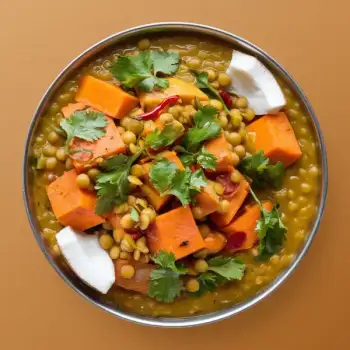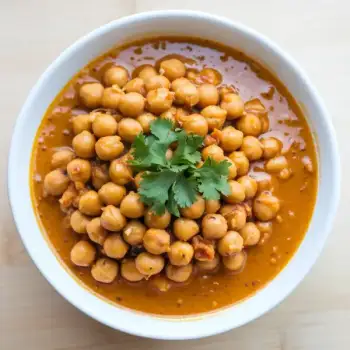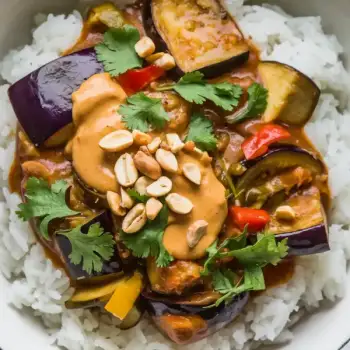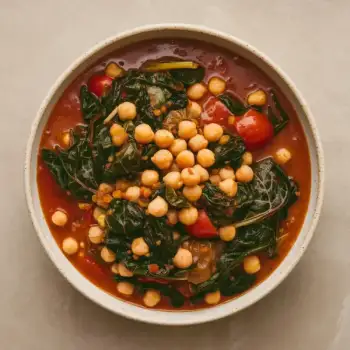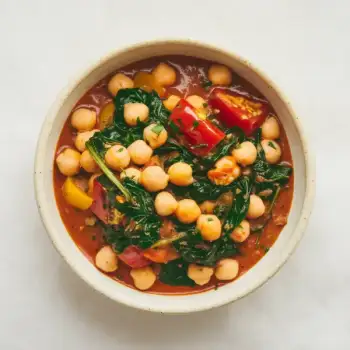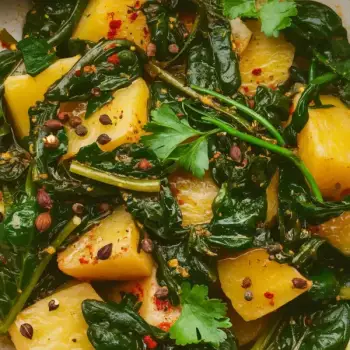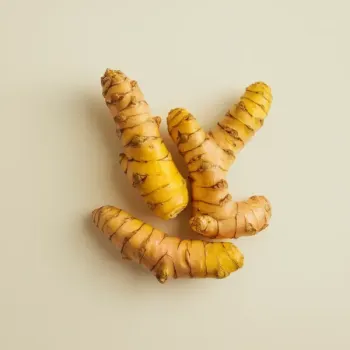


Ground
Dried and ground turmeric is a fine, yellow-orange powder commonly used in spice blends and as a coloring agent in dishes.
Fresh root
Turmeric is most commonly found as a fresh root, similar in appearance to ginger, with a bright orange flesh that is aromatic and slightly bitter.
Supplement capsules
Turmeric or its active compound, curcumin, is available in capsule form, often with added piperine to enhance absorption.




ground turmeric: Simply Organic
fresh turmeric root: Local farmers' markets or organic produce suppliers
supplement capsules: Gaia Herbs or Nature's Way

Blooming: This technique involves cooking dried turmeric in hot oil for a brief period. It releases the spice's flavors and colors before adding other ingredients. This is particularly effective in curry pastes or when starting a dish with a roux.
Steeping: Turmeric can be steeped in hot water or milk to create teas and infusions, which can then be used in various recipes, including soups and sauces. This method allows the spice's essence to permeate the liquid.
Marinating: Fresh or dried turmeric can be used in marinades to impart its flavor and color to proteins or vegetables. The marinating process allows the turmeric to tenderize and flavor the ingredients before cooking.





